Using bleach to kill mold – expert advice you need to know before cleaning
The powerful liquid comes with caution – here's what you need to remember before tackling mold in your home
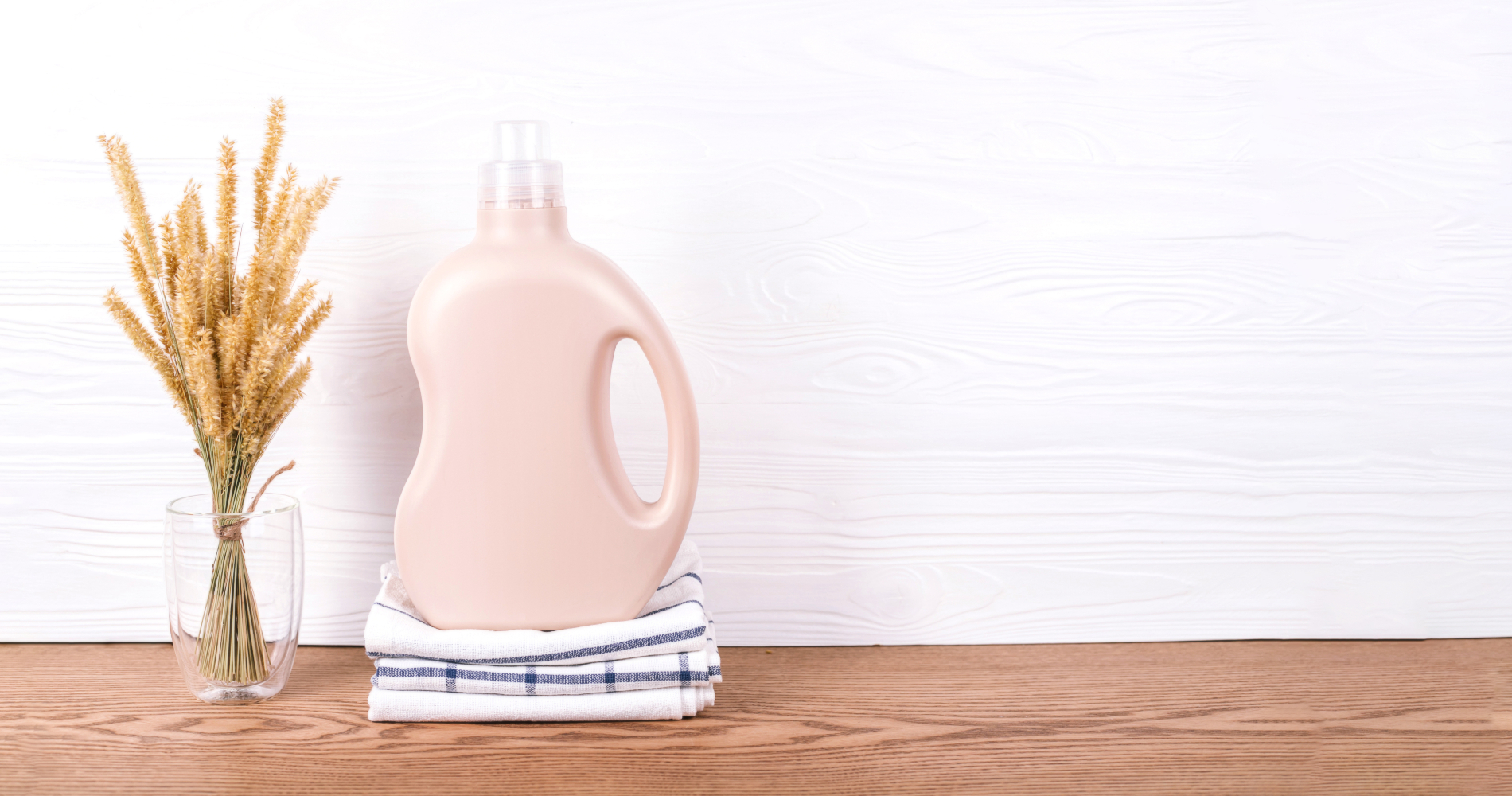

You would be forgiven for using bleach to kill mold – the unwanted fungus that inevitably requires a mighty solution. However, before you reach for this powerful liquid, it's vital to know that the process comes with a warning.
Unlike knowing how to use bleach in laundry or as a way to sanitize bathroom porcelain – mold is more complex. Both bleach and mold can be extremely dangerous – posing a threat to you and your pets when mishandled. So, if you're thinking about using bleach to kill mold, you may consider safer cleaning tips first.
Do the experts recommend using bleach to kill mold?
While bleach is undeniably powerful, the experts urge you to avoid turning to the substance to solve your mold problem.
'Bleach is a chlorine-based corrosive substance that is poisonous if it is inhaled, swallowed, or comes into contact with your skin in certain amounts,' warns Marilee Nelson, the Chemical Expert and Environment Consultant and Co-Founder of Branch Basics.
Marilee explains that leach fumes have been shown to immediately irritate the mucous membranes of the nose and throat, which could cause problems over time.' Not only is bleach harmful to you, but it doesn't do the trick! According to OSHA and the EPA, bleach only kills surface mold leaving the root problem behind,' she says.
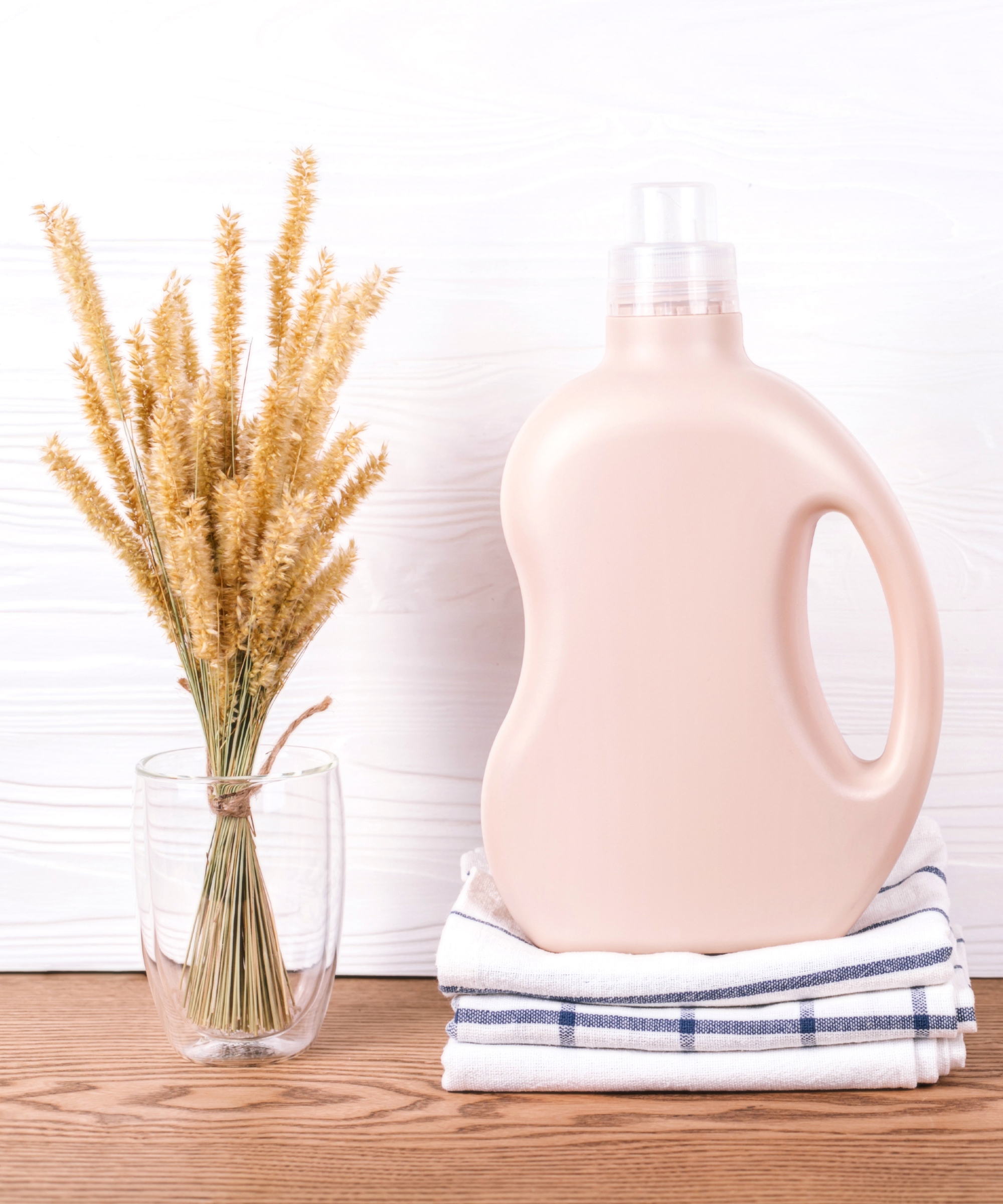
Justin Carpenter, the founder of Modern Maids, similarly urges caution when using bleach, especially when tackling fungus. 'When it comes to mold, we always err on the side of caution. It can be extremely dangerous and cause one to get severely sick,' he says.
Justin explains that cleaners do use bleach on showers, bathtubs, and tile surfaces (which is useful to know if you're looking for how to get rid of shower curtain mold and mildew). However, the process is regulated and well-timed to ensure it is done safely.
'We instruct our cleaners to soak the molded areas with bleach, and per the instructions, let it sit for at least 15 minutes before coming back and wiping or scrubbing it away,' he says.
'The soaking swell time is the most important aspect of cleaning the bleach because it lets the chemicals activate and kill the mold so that it does not continue to spread.' However, the cleaners will not tackle other moldy areas with bleach because of liability concerns.
Is bleach or vinegar better to kill mold?
Yes, cleaning with vinegar is a much better solution when faced with mold. This liquid tackles the root of the mold (the membrane), meaning it is not likely to regrow after cleaning. It is also notably less toxic than bleach, so it is safer to use around your home.
'Vinegar does a better job. I recommend using white vinegar [such as this one on Amazon] to kill mold, so you get to the root cause, the membrane, and not only eliminate it by the surface,' says cleaning expert Steve Elliott, the Franchise Owner of Restoration 1 Minnetonka. He recommends letting the vinegar sit for at least an hour before wiping it clean.
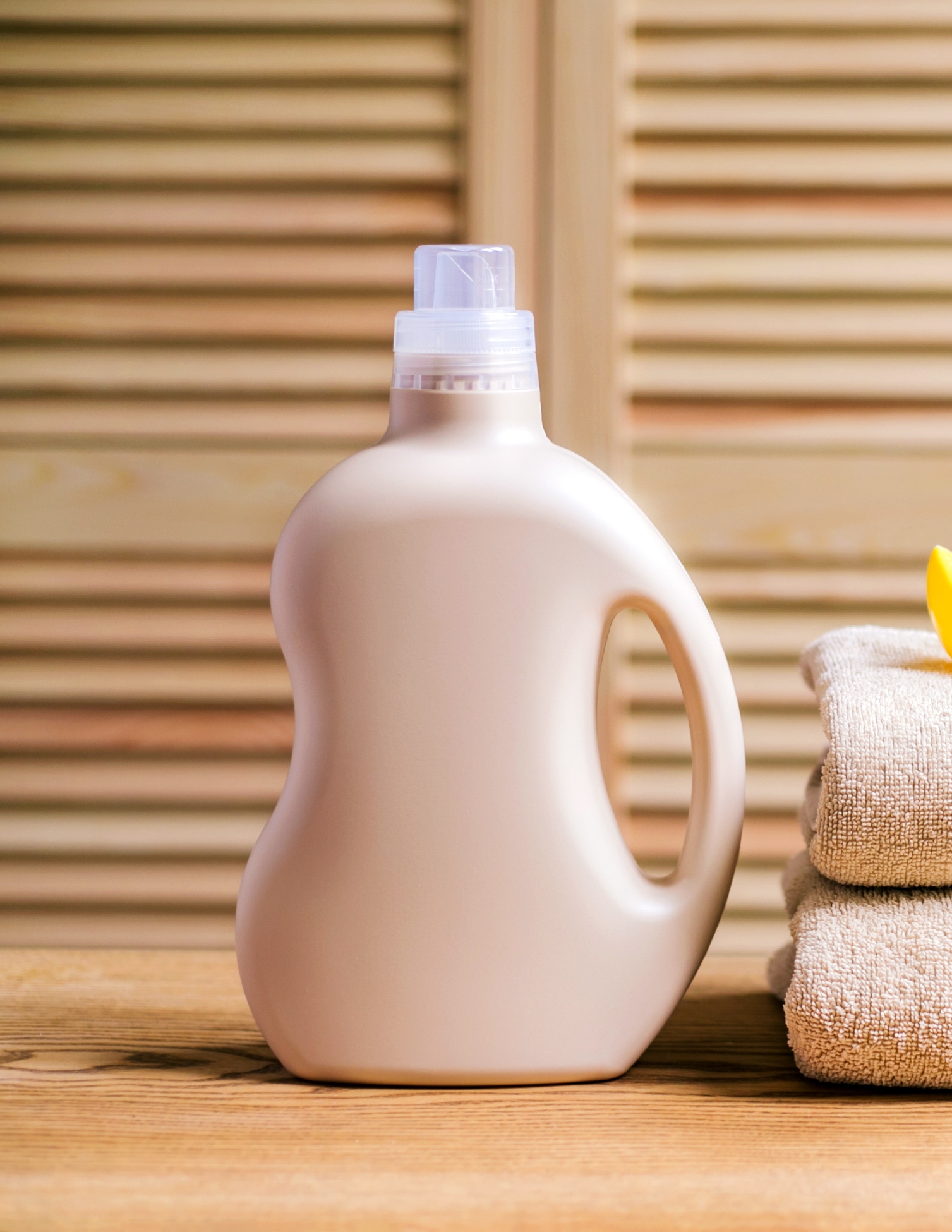
Why you shouldn't use bleach on mold?
As the experts explain, using bleach to kill mold will not eliminate the problem beyond the surface – so it's better to go to the root of the surface. However, the biggest problem with bleach is its threat to you and those in your household.
'When it comes to cleaning with bleach, inhalation is of primary concern. Bleach fumes have been shown to immediately irritate the mucous membranes of the nose, throat, and mouth and deteriorate your esophagus, lungs, and respiratory system over time,' Marilee cautions.
Therefore, if you're looking for how to clean a bathroom, it is better to opt for the white vinegar solution or call in a professional (if the mold is particularly problematic). And if you do decide to use bleach, always tread with caution.
Sign up to the Homes & Gardens newsletter
Design expertise in your inbox – from inspiring decorating ideas and beautiful celebrity homes to practical gardening advice and shopping round-ups.

Megan is the Head of Celebrity Style News at Homes & Gardens, where she leads the celebrity/ news team. She has a history in interior design, travel, and news journalism, having lived and worked in New York, Paris, and, currently, London. Megan has bylines in Livingetc, The Telegraph, and IRK Magazine, and has interviewed the likes of Drew Barrymore, Ayesha Curry, Michelle Keegan, and Tan France, among others. She lives in a London apartment with her antique typewriter and an eclectic espresso cup collection, and dreams of a Kelly Wearstler-designed home.
-
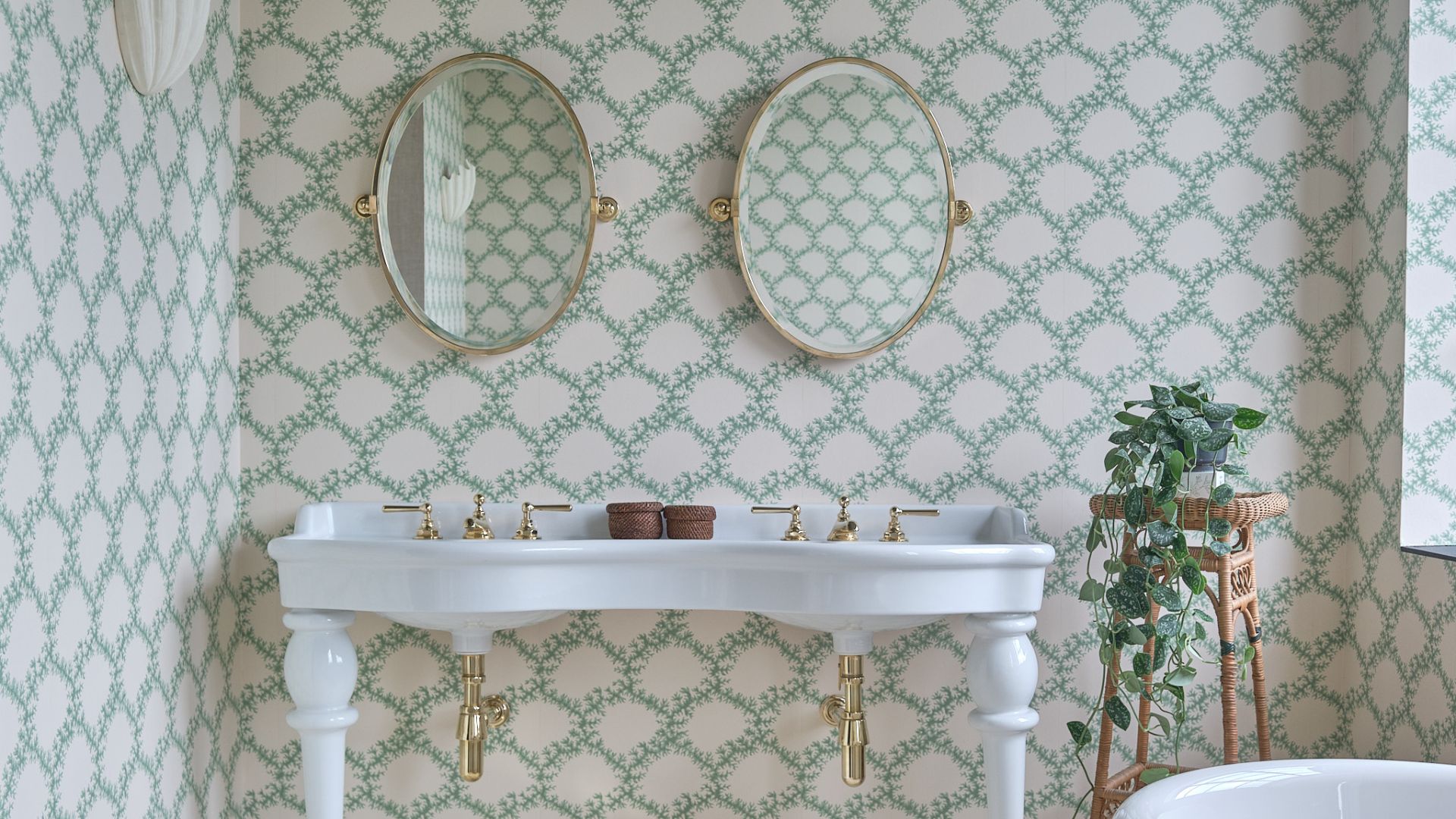 I tried this glycerin hack to stop the mirror in my bathroom from fogging up – and it worked like magic
I tried this glycerin hack to stop the mirror in my bathroom from fogging up – and it worked like magicIt instantly fixed one of my biggest pet peeves
By Chiana Dickson
-
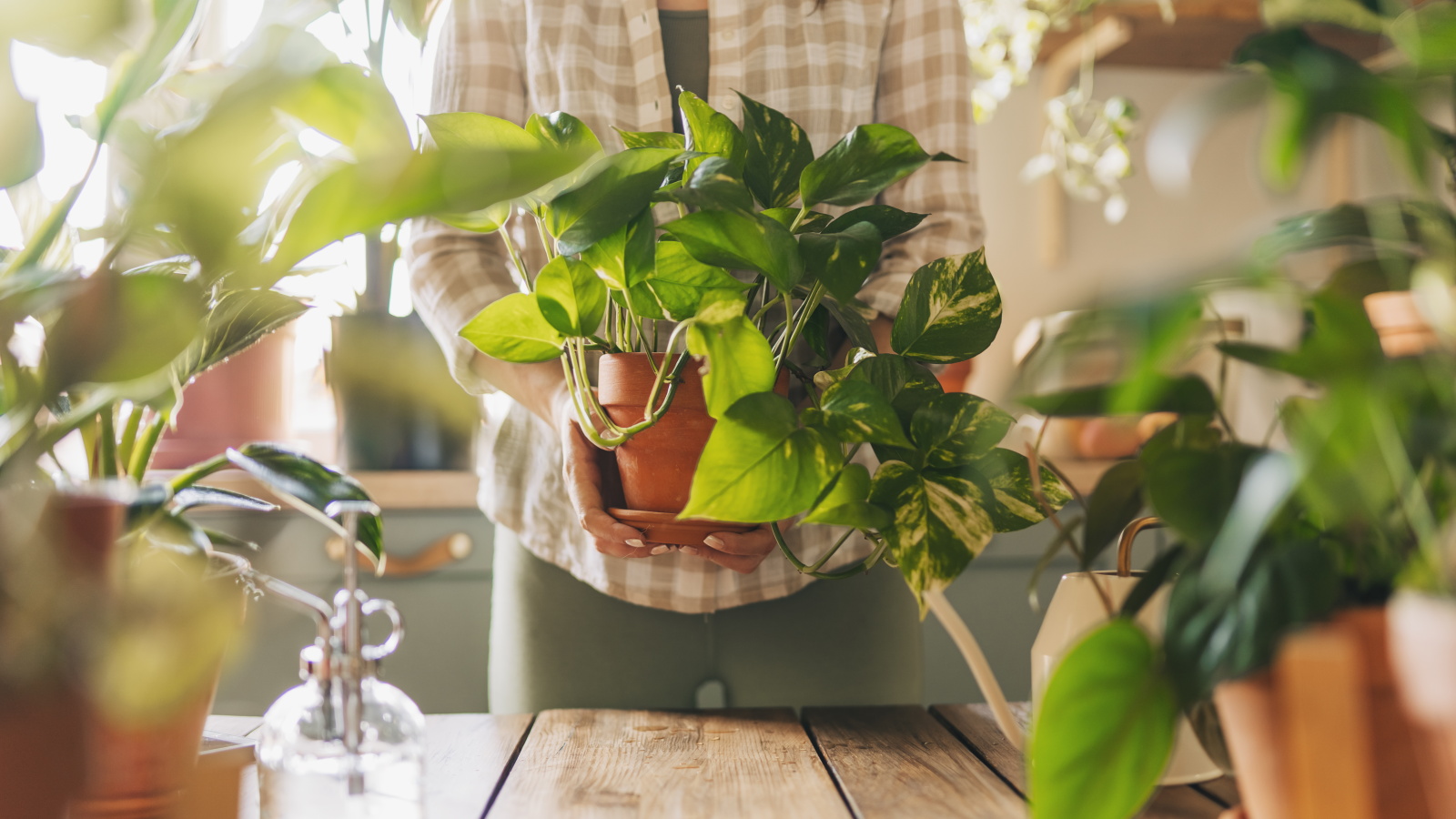 7 habits every good plant parent has, according to houseplant experts – number 3 will surprise you most
7 habits every good plant parent has, according to houseplant experts – number 3 will surprise you mostWatch your houseplants thrive after you build these tasks into your routine
By Tenielle Jordison
-
 7 dorm room organizing rules for less clutter and more space
7 dorm room organizing rules for less clutter and more spaceExperts offer their top tips for creating a well-organized dorm room, no matter the size, space, or layout.
By Ashley Chalmers
-
 How to maximize storage in a small or shared dorm room, according to pro organizers
How to maximize storage in a small or shared dorm room, according to pro organizersFind out all the hidden storage zones you might never have noticed
By Ashley Chalmers